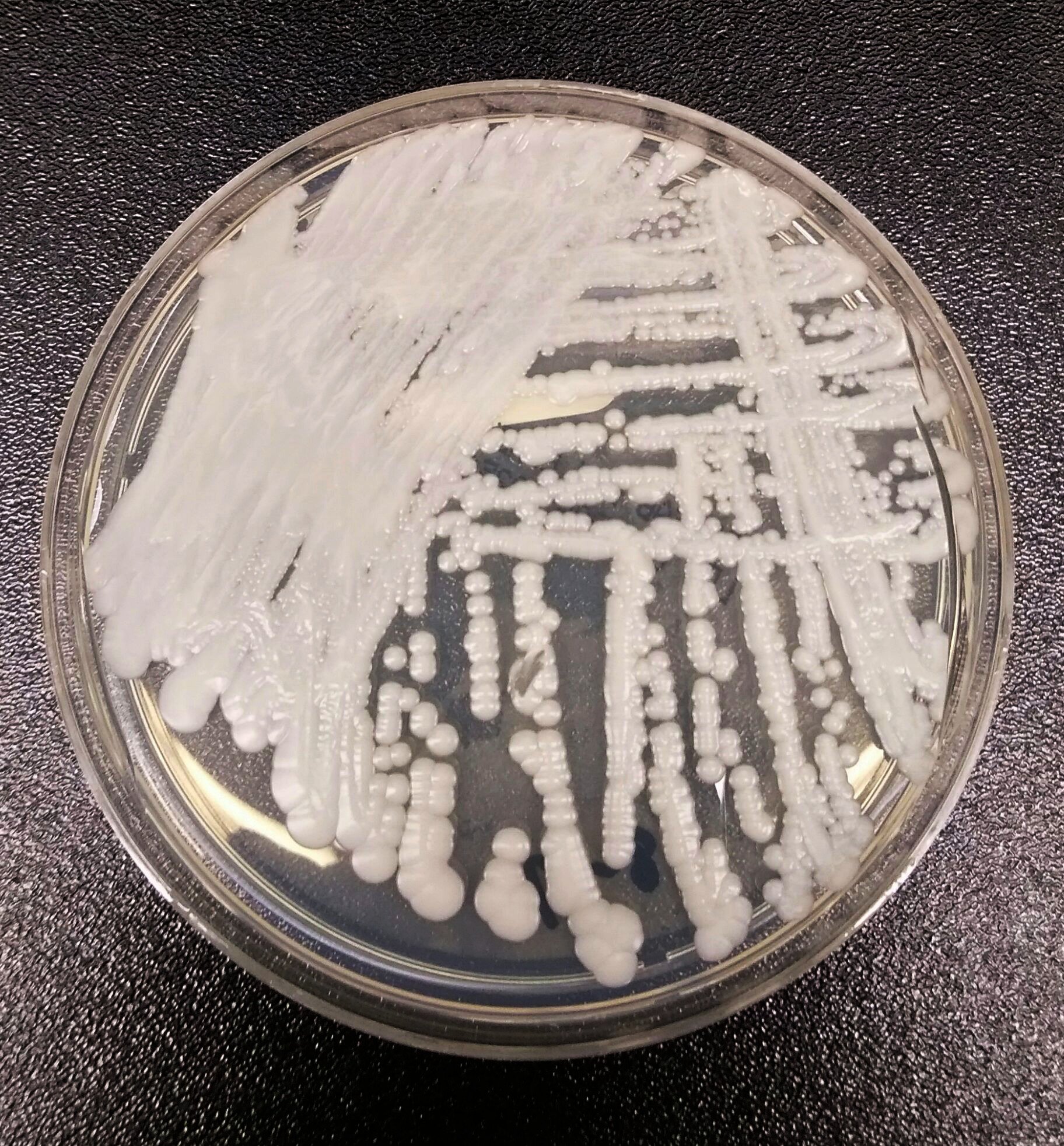New Infection Superbug Now Found in India Can Lead To Next Pandemic!

For the first time, researchers have found traces of a superbug (a multi-drug resistant organism) on remote sandy beaches of India, which could lead to the next deadly pandemic.
In the landmark discovery, scientists now have clear evidence of Candida Auris. Also known as Cauris-which is also called superbug because it can resist major antifungal treatments. The research was published in the journal mBio on Tuesday.

According to the Sun reports, experts recently warned that the Covid-19 pandemic offered perfect conditions for a widespread outbreak of the deadly bug-C Auris.
Sand and the Deadly SuperBug
A team led by Dr. Anuradha Chowdhary at the University of Delhi studied 48 soil and water samples collected from eight natural locations around the Andaman Islands. These include rocky shores, sandy beaches, tidal swamps, and mangrove swamps.
Researchers isolated C-auris from two locations: a salt marsh wetland that hardly anyone has visited, and a beach with more human activity.
Live Science quoted Chowdhary as saying in a statement that C-auris on the beach was found to be multi-drug resistant and more closely related to the strains found in the hospital than the strains found in the swamp.
The researchers observed that one of the isolates found in the swamps was not resistant and grew more slowly at high temperatures than other isolates, indicating that the isolate may be a “wild” strain of C-auris.

Dr. Arturo Casadevall, head of the Department of Molecular Microbiology and Immunology at the Bloomberg School of Public Health at Johns Hopkins University in Baltimore, said the isolate may not have adapted to the high temperatures of humans and other mammals.
However, the study still cannot prove that C-auris naturally live on the Andaman Islands or originated in the Andaman Islands.
According to a report by “Life Science”, this microorganism is likely to have been introduced by humans, especially on beaches with more human activities.
What are the symptoms?
Infections caused by this superbug can show no symptoms before turning into fever and chills.
The Sun reported that despite the use of drugs, these symptoms will not disappear and may lead to death. C-auris survives on the skin before entering the human body through the wound.
The World Health Organization says that once it enters the blood, it can cause serious illness and possibly sepsis-a disease that kills as many as 11 million people worldwide each year.
The Centers for Disease Control and Prevention (CDC) of the US health agency stated that microorganisms can cause serious blood infections, especially in patients who need catheters, feeding tubes, or breathing tubes.

This infection can be difficult to treat because microorganisms are usually resistant to many antifungal drugs. And it can wander on the surface of the environment as reported by Live Science.
What causes the spread?
How this C-auris spread is still a mystery for scientists.
However, researchers have previously hypothesized that the increase in temperature due to climate change may cause the scarabs to adapt to the higher temperatures in the wild, causing the fungus to jump to humans. For most people, the normal body temperature is usually too high.
According to the report, this infection has spread to all parts of the world, “spreading like wildfire”, which shows that it is indeed spread through human contact.
Were there any previous traces?
About ten years ago, C. Auris has been found in hospitals around the world. This mysterious superbug is a fungus that was first discovered in 2009 in a patient in Japan.
According to the report cited data from the Public Health Agency of England as of 2019, about 270 people in the UK have been diagnosed with this infection.
In addition to this, eight people have died, but the report stated that it is impossible to directly attribute the death to the fungus.
Dr. Arturo Casadevall said: This is a medical mystery, where did it come from. Casadevall told Live Science that the new discovery is a very important part of the puzzle.
Next Pandemic Already There?
Dr. Donald Sheppard, a professor of microbiology at McGill University in Canada, said in a 2020 report that there is evidence that C-auris exists in the UK because the fungus was found in the foot ulcers of diabetic patients in London–which are also reported in India.
People traveling from the C-auris region to the UK usually have random cases of fungus. This is more common, with multiple introductions from Asia and Africa.
The report said that patients with this deadly bug may remain infected, it is recommended that this emerging hospital pathogen is likely to stay.
In light of the coronavirus pandemic, scientists have now shifted their focus to investigating the pathogens that could cause the next deadly pandemic.
Cassadeville said: If this idea is confirmed, we need to start mapping more pathogens so we won’t be surprised as we are surprised by the new coronavirus.






